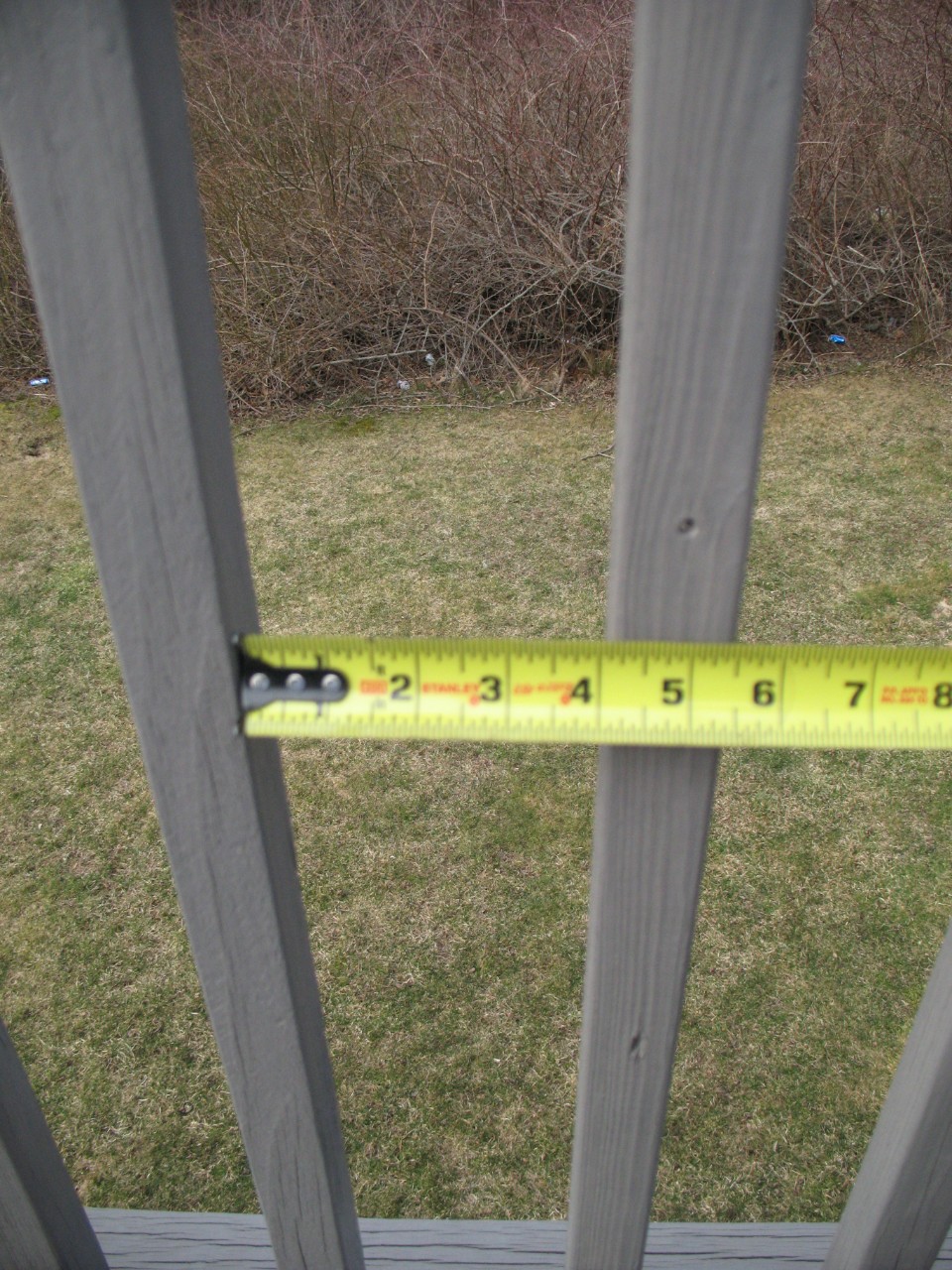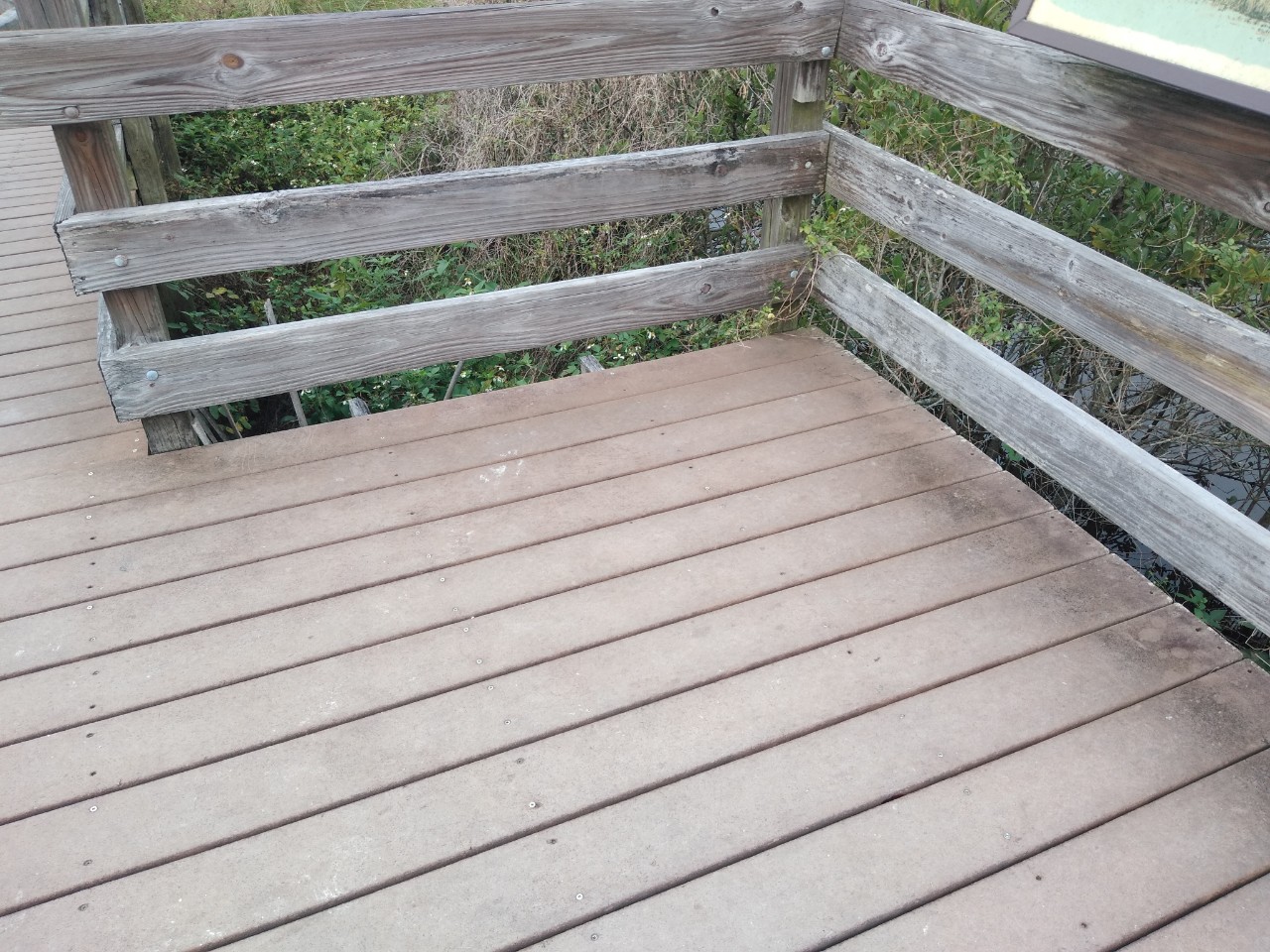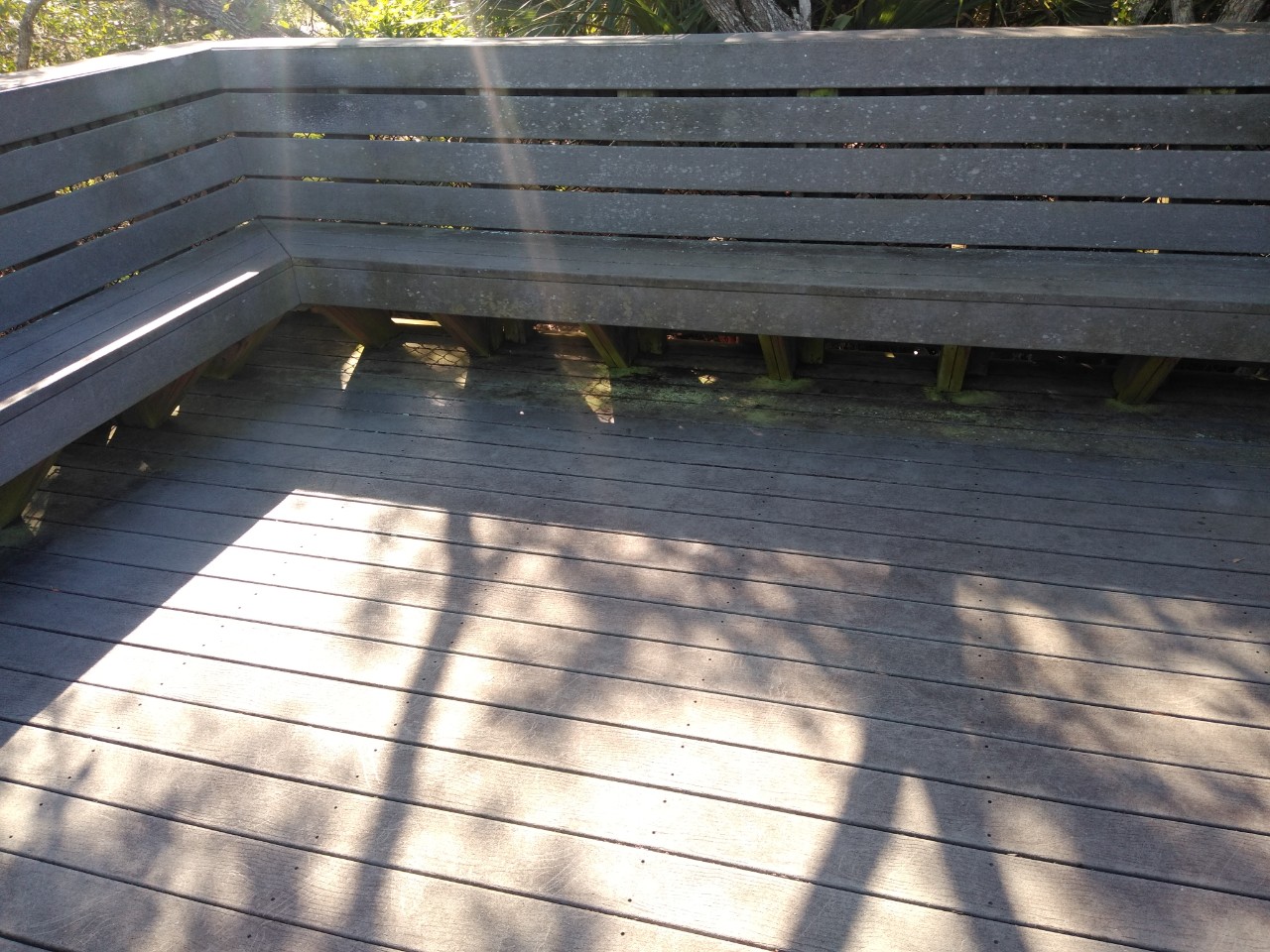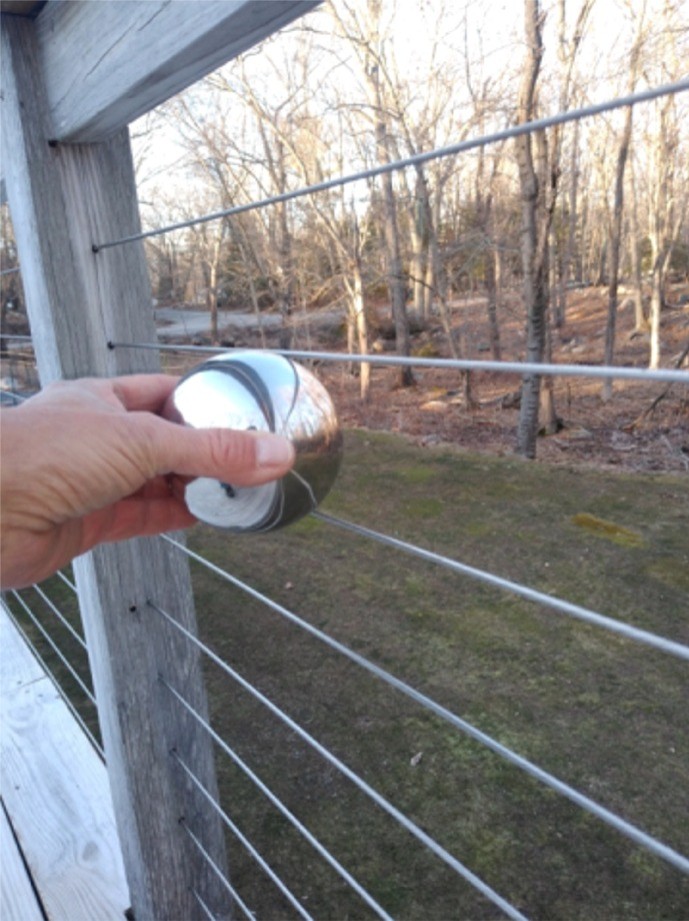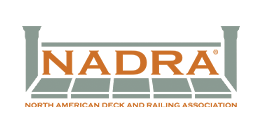By Mike Guertin
Guardrails prevent people from falling off decks and being injured. Deck builders install guardrails all the time, but when I ask audiences at the Deck Workshop presentations at Deck Expo what the maximum code spacing is between guardrail infill I get a range of answers.
Guardrail infill requirements confuse a lot of people.
I think part of the confusion is due to the language used in the International Residential Code (IRC), and part of it is the assumptions we jump to when reading something fast. We see a measurement written and it leaves an impression that we don't carefully examine. And part of the confusion is caused by building material manufacturers who have published guides that have incorrect information.
Guardrail infill are the materials we use to block the area between the structural top rail and the deck surface. The IRC doesn't dictate what materials we use — wood, plastic composite, glass, metal — but it does limit the size of any openings in the infill area.
Section R312.1.3 Opening Limitations reads: "Required guards shall not have openings from the walking surface to the required guard height that allow the passage of a sphere 4 inches in diameter." In common language this means that the guardrail system cannot have any spaces that a 4 in. sphere can fit through. So spaces have to be less than 4 in. The main reason for limiting openings to less than 4 in. in guardrail assemblies is to prevent small children from falling off. I use the term 'guardrail' and the IRC uses the 'guard'.
I've talked with many deck builders who think that infill spacing can be up to 4 in. rather than less than 4 in. Some builders assemble balusters on guardrails using 4 in. long blocks to gauge equal spacing. But if the space between guardrail balusters is exactly 4 in. will it meet code?
When an inspector checks the spacing using a 4 in. diameter sphere it will likely slip right through without resistance — so no, it won't meet code. What if the balusters were spaced at 3-15/16 in. apart? I've tried pushing a 4 in. polished steel sphere between balusters spaced 3-15/16 in. apart at mid-height and it doesn't take much force to push it through. The code doesn't mention force resistance of the guardrail infill. It just says "...guards shall not have openings ... that allow the passage of a sphere 4 in. in diameter."
In practical terms, the judgment of how much force the infill materials have to resist to prevent passage of a 4 in. sphere is left to the local building inspector.
Manufactured guardrail systems are designed with the code in mind and have preset baluster spacing. I've measured the spaces between balusters on a number of systems and most have spaces of 3-3/4 in. so we installers can't make a mistake — right?
Well there's another part of the code section that we have to pay attention to in addition to baluster spacing"...from the walking surface to the required guard height...". If an installer spaces the bottom rail of a guard system 4 in. or greater above the decking surface then that would trigger a code violation.
When you're site-building a guardrail system from wood — especially wet pressure-treated lumber — you have to account for shrinkage when spacing infill balusters. Those 1-5/8 in. square balusters today may be 1-3/8 to 1-1/2 in. a couple weeks after installation. Even if you space the balusters at 3-3/4 in. initially, the spaces may exceed 4 in. by the time the inspector arrives. And wood balusters can warp leaving wide spaces between some balusters even if you spaced them close enough to account for shrinking.
Bench seating around the perimeter of a deck may also serve as a guardrail — and it has to meet all the same requirements. I often see bench seating that is wide open below the seat level. Sometimes the space is a foot or greater. Since the area beneath the seating may be attractive to small children playing, it has to have infill to block the passage of a 4 in. sphere. The area beneath the seat can be blocked off with infill material along the front or at the back along the edge of the deck.
Cable infill is flexible and has to be installed to block the same 4 in. sphere.
Most cable guardrail system manufacturers specify 3 in. spacing of the cables and limit the maximum spacing between structural posts and intermediate spacers. Several include a minimum cable tension requirement. These three factors — cable spacing, maximum distance between spacers and cable tension — reduce the chance that a 4 in. sphere can pass through.
Mike Guertin has written hundreds of articles for publications such as Fine Homebuildng, the Journal of Light Construction and Professional Deck Builder as well as authoring several books. He's also known for his how-to videos and live events at venues such as JLC Live, the Remodeling Show, IBS, IRE and other trade shows along with numerous lumberyard events.


